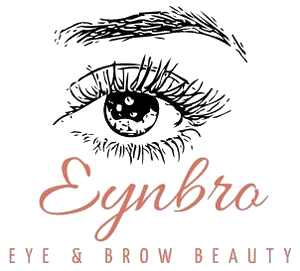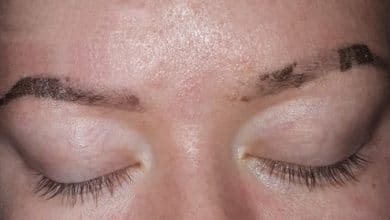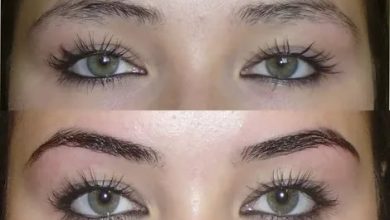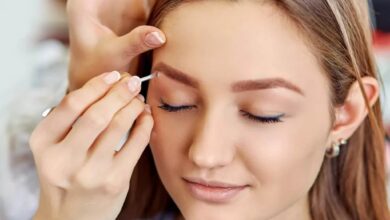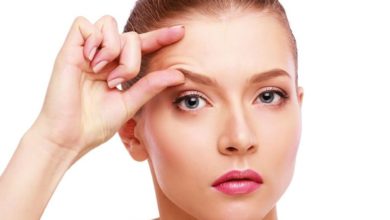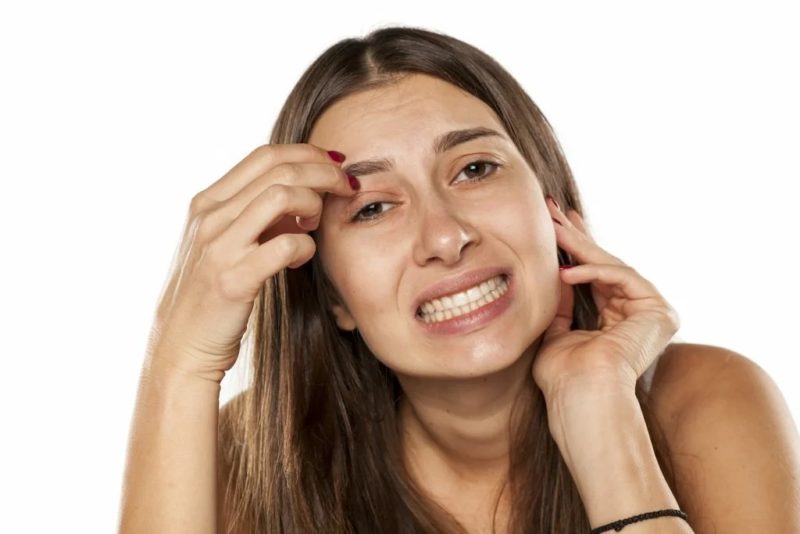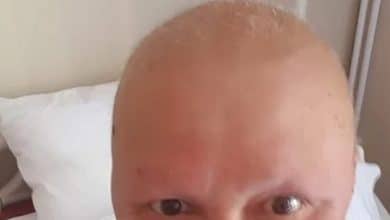How to reduce swelling by eyebrow?
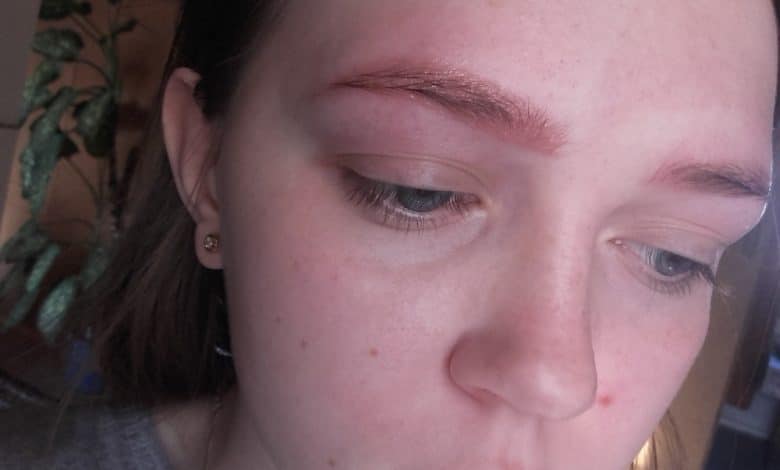
Swelling around the eyebrows can be a common concern, whether it’s due to an injury, allergic reaction, or other factors. Not only can eyebrow swelling be uncomfortable, but it can also affect your appearance and confidence. Fortunately, there are various professional treatments and prevention tips available to help reduce eyebrow swelling and promote faster healing. In this comprehensive guide, we will explore the causes of eyebrow swelling, the impact on appearance, common remedies, home remedies, medical treatments, and lifestyle changes that can aid in reducing swelling. So, let’s dive in and discover effective ways to alleviate eyebrow swelling and restore a natural, balanced look to your eyebrows.
How to Reduce Swelling By Eyebrow: Effective Tips and Remedies
Swelling around the eyebrows can be a common and uncomfortable issue. Whether it’s due to an injury, an allergic reaction, or other factors, reducing eyebrow swelling is a priority for many individuals. In this article, we will explore various tips and remedies to help alleviate eyebrow swelling and promote faster healing.
Understanding Eyebrow Swelling
Eyebrow swelling occurs when there is an accumulation of fluid or inflammation in the tissues surrounding the eyebrows. It can result from various causes, including:
- Injury or Trauma: Any form of trauma, such as accidental bumps, cuts, or falls, can lead to swelling around the eyebrows.
- Allergic Reactions: Some individuals may experience swelling due to allergic reactions to cosmetics, hair removal products, or eyebrow treatments.
- Infections: Eyebrow infections, such as folliculitis or cellulitis, can cause localized swelling and redness.
- Eyebrow Threading or Waxing: Improper eyebrow threading or waxing techniques may irritate the skin, leading to swelling and redness.
- Eyebrow Piercings: Swelling is a common occurrence after getting an eyebrow piercing. It typically subsides within a few days with proper care.
- Medical Conditions: Certain medical conditions like sinusitis, blepharitis, or autoimmune disorders can contribute to eyebrow swelling.
Home Remedies to Reduce Eyebrow Swelling
- Cold Compress: Applying a cold compress to the swollen area can help reduce inflammation and provide relief. Use a clean cloth or ice pack wrapped in a towel and apply it gently for 10-15 minutes several times a day.
- Tea Bags: Chamomile or green tea bags can be soaked in warm water and placed over the swollen eyebrows for 10-15 minutes. The anti-inflammatory properties of tea can aid in reducing swelling.
- Aloe Vera Gel: The soothing properties of aloe vera can help alleviate swelling. Apply a small amount of pure aloe vera gel to the affected area and leave it on for 15-20 minutes before rinsing it off.
- Cucumber Slices: Chilled cucumber slices can act as a natural coolant and help reduce swelling. Place thin slices of cucumber on the eyebrows for about 10 minutes.
- Over-the-Counter Pain Relievers: Non-prescription pain relievers like ibuprofen or acetaminophen can help alleviate swelling and provide temporary relief.
- Avoiding Allergens: If the swelling is caused by an allergic reaction, identify and avoid the triggering allergen. It could be a certain cosmetic product, hair dye, or eyebrow treatment. Consult a dermatologist for allergy testing if needed.
Professional Treatments and Prevention Tips
If the swelling persists or is accompanied by severe pain, pus formation, or other concerning symptoms, it is advisable to consult a healthcare professional for a proper diagnosis and treatment. They may recommend the following:
- Prescription Medications: In some cases, prescription-strength topical or oral medications may be necessary to alleviate swelling caused by infections, autoimmune disorders, or other underlying medical conditions.
- Hot Compress: For certain types of swelling, such as styes or mild infections, a warm compress can be applied to the eyebrows to promote drainage and faster healing.
- Proper Hygiene: Maintaining good eyebrow hygiene is crucial to prevent infections and minimize swelling. Avoid touching or rubbing the eyebrows excessively and keep the area clean.
- Gentle Hair Removal Techniques: When it comes to hair removal around the eyebrows, opt for gentle techniques that minimize irritation and inflammation. Consider threading or waxing by a professional who is experienced in eyebrow grooming. Avoid aggressive plucking or using dull tweezers, as this can cause trauma to the hair follicles and lead to swelling and ingrown hairs.
- Avoid Allergens: If the swelling is caused by an allergic reaction, it is important to identify and avoid the triggering allergen. This may involve discontinuing the use of certain cosmetic products, hair dyes, or eyebrow treatments that are causing the allergic reaction. If you are unsure of the specific allergen, consider consulting a dermatologist for allergy testing to pinpoint the cause and receive guidance on suitable alternatives.
- Healthy Lifestyle: Maintaining a healthy lifestyle can contribute to overall skin health and reduce the risk of eyebrow swelling. Ensure you have a balanced diet rich in vitamins and minerals, stay hydrated by drinking an adequate amount of water daily, and get enough sleep to support the body’s natural healing processes.
Remember, while these tips and remedies can help reduce eyebrow swelling, it is essential to consult with a healthcare professional if the swelling persists or worsens over time. They will be able to provide a proper diagnosis and recommend appropriate treatments based on the underlying cause of the swelling.
How to Reduce Swelling Above The Eye?
FAQ: Frequently Asked Questions
What causes swelling around the eyebrows?
Swelling around the eyebrows can be caused by various factors. Common causes include injury or trauma to the eyebrow area, allergic reactions to cosmetics or eyebrow treatments, infections such as folliculitis or cellulitis, eyebrow threading or waxing techniques that irritate the skin, eyebrow piercings, and certain medical conditions like sinusitis or autoimmune disorders. Identifying the underlying cause is important for appropriate treatment and management.
How does eyebrow swelling affect the appearance?
Eyebrow swelling can significantly impact the appearance of the face. The swelling may cause the eyebrows to appear puffy, distorted, or asymmetrical. In severe cases, the swelling can lead to temporary changes in the shape and position of the eyebrows. This can be distressing for individuals, as the eyebrows play a crucial role in facial expression and aesthetics. It is important to address the swelling promptly to restore the natural appearance of the eyebrows.
What are the common remedies for reducing eyebrow swelling?
Common remedies for reducing eyebrow swelling include applying cold compresses, using tea bags soaked in warm water, applying aloe vera gel, using chilled cucumber slices, taking over-the-counter pain relievers, and avoiding allergens that may trigger swelling. These remedies aim to reduce inflammation, soothe the area, and promote faster healing. It is important to note that the effectiveness of these remedies may vary depending on the cause and severity of the swelling.
Are there any home remedies to reduce swelling around the eyebrows?
Yes, there are several home remedies that can help reduce swelling around the eyebrows. These remedies include applying cold compresses to the swollen area, using tea bags soaked in warm water, applying aloe vera gel, and using chilled cucumber slices. These remedies can provide relief by reducing inflammation and promoting healing. However, it’s important to note that if the swelling persists or worsens, it is advisable to consult a healthcare professional for proper diagnosis and treatment.
Can applying cold compresses help reduce eyebrow swelling?
Yes, applying cold compresses can be effective in reducing eyebrow swelling. The cold temperature helps to constrict blood vessels, reduce inflammation, and provide temporary relief. To apply a cold compress, wrap a clean cloth or ice pack in a towel and gently place it on the swollen area for 10-15 minutes several times a day. However, it’s important not to apply ice directly to the skin to avoid frostbite or further irritation.
Are there any over-the-counter creams or ointments for reducing eyebrow swelling?
There are over-the-counter creams and ointments available that may help reduce eyebrow swelling. These products typically contain ingredients such as hydrocortisone, which has anti-inflammatory properties. However, it’s important to read the instructions and follow the recommended usage guidelines. If the swelling persists or worsens, it is advisable to consult a healthcare professional for proper evaluation and guidance.
7. What are the potential medical treatments for reducing swelling around the eyebrows?
The medical treatments for reducing swelling around the eyebrows depend on the underlying cause. If the swelling is due to an infection, the healthcare professional may prescribe topical or oral antibiotics. In cases of severe or persistent swelling, they may recommend corticosteroid injections to reduce inflammation. Additionally, in certain medical conditions or autoimmune disorders, specific medications and treatments targeted at managing the underlying condition may be prescribed.
How long does it typically take for eyebrow swelling to subside?
The time it takes for eyebrow swelling to subside varies depending on the cause and individual factors. In general, mild cases of swelling due to minor trauma or allergic reactions may resolve within a few days to a week with proper care and remedies.However, more severe or persistent swelling may take longer to subside.
Are there any lifestyle changes that can help reduce eyebrow swelling?
While lifestyle changes may not directly reduce eyebrow swelling, they can contribute to overall skin health and minimize the risk of swelling. Maintaining a healthy lifestyle includes ensuring a balanced diet rich in vitamins and minerals, staying hydrated by drinking an adequate amount of water daily, and getting enough sleep to support the body’s natural healing processes. Additionally, avoiding excessive rubbing or touching of the eyebrow area and practicing stress-reducing techniques can help prevent irritation and potential swelling.
Are there any natural remedies or herbs known to alleviate eyebrow swelling?
Several natural remedies and herbs are known for their anti-inflammatory and soothing properties, which may help alleviate eyebrow swelling. These include chamomile tea compresses, cucumber slices, aloe vera gel, witch hazel, and cold green tea bags. These natural remedies can be applied topically to the swollen area to reduce inflammation and provide relief. However, it is important to note that the effectiveness of these remedies may vary, and it is always recommended to consult with a healthcare professional for proper diagnosis and advice.
What are the precautions one should take to prevent further swelling?
To prevent further swelling around the eyebrows, it is important to take certain precautions. Avoid rubbing or scratching the eyebrows excessively, as this can irritate the area and potentially worsen the swelling. Be cautious when using cosmetic products near the eyebrows and choose hypoallergenic and non-irritating formulations. If you have a known allergy, always read product labels carefully and avoid using products that contain the allergen. Additionally, practicing proper hygiene, such as keeping the eyebrow area clean and avoiding sharing personal grooming tools, can help prevent infections and potential swelling.
Can eyebrow grooming techniques contribute to swelling, and if so, how can it be minimized?
Certain eyebrow grooming techniques, such as aggressive plucking, using dull tweezers, or improper waxing or threading, can cause trauma to the hair follicles and lead to swelling. To minimize swelling, it is important to opt for gentle techniques such as professional threading or waxing. Avoid aggressive plucking and use sharp, clean tweezers to minimize irritation. It is also advisable to seek the assistance of an experienced professional who can perform eyebrow grooming with precision and care.
Is there a link between eyebrow swelling and certain medical conditions?
Yes, eyebrow swelling can be associated with certain medical conditions. Conditions such as autoimmune disorders, thyroid disorders, infections, allergic reactions, and sinusitis can contribute to eyebrow swelling. It is important to consult with a healthcare professional to determine the underlying cause of the swelling and receive appropriate diagnosis and treatment.
How does proper hygiene help reduce swelling around the eyebrows?
Practicing proper hygiene is essential in reducing swelling around the eyebrows. Keeping the eyebrow area clean helps prevent infections and minimize the risk of swelling. Gently cleanse the area using a mild, non-irritating cleanser and avoid harsh chemicals or abrasive products that can cause irritation. Additionally, avoid touching or rubbing the eyebrows excessively to prevent further irritation and potential swelling.
Are there any specific dietary recommendations to reduce eyebrow swelling?
While there are no specific dietary recommendations solely focused on reducing eyebrow swelling, maintaining a healthy diet can contribute to overall skin health. Ensure your diet includes a variety of fruits, vegetables, lean proteins, and whole grains, as they provide essential nutrients and antioxidants that support skin healing and reduce inflammation. Staying hydrated by drinking an adequate amount of water is also important for skin health. However, it’s important to note that dietary changes alone may not directly impact eyebrow swelling, and it is advisable to consult a healthcare professional for a comprehensive approach to managing swelling.
Conclusion
Dealing with eyebrow swelling can be frustrating, but with the right knowledge and approach, you can effectively reduce the swelling and restore a natural look to your eyebrows. Whether you opt for home remedies or seek professional treatments, it’s important to address the underlying cause and prioritize proper care and prevention. By adopting healthy lifestyle habits, practicing good hygiene, and being mindful of the products and techniques used for eyebrow grooming, you can minimize the risk of swelling and promote faster healing. Remember, if the swelling persists or worsens, it is always recommended to consult with a healthcare professional for proper diagnosis and guidance tailored to your specific situation. Take charge of your eyebrow health and enjoy the confidence that comes with beautifully restored eyebrows.
